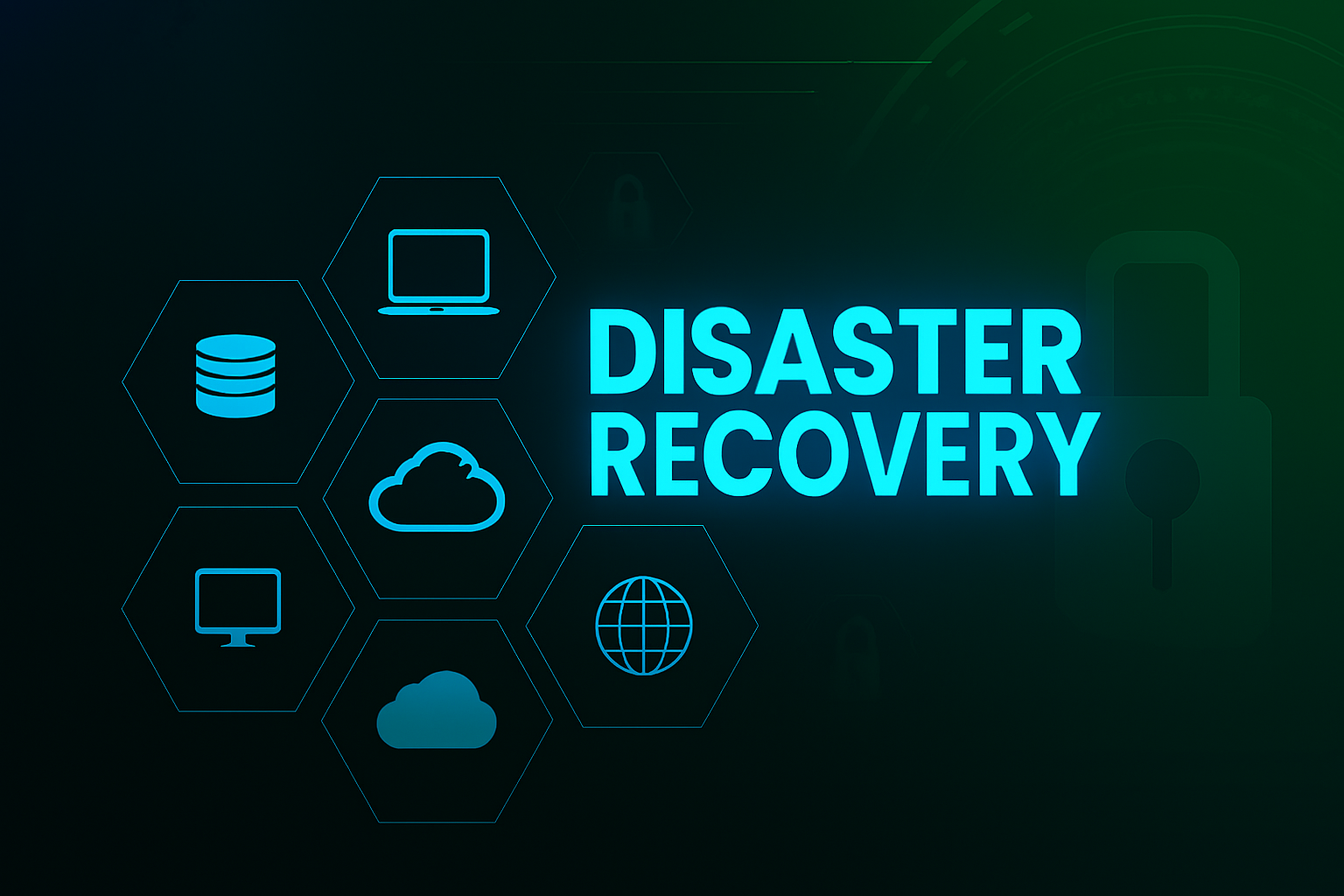
What is Disaster Recovery?
Disaster recovery (DR) is a crucial component of business continuity planning. It involves strategies and processes designed to restore system access, minimize downtime, and mitigate financial losses after a disruptive event—whether it’s a cyberattack, hardware failure, or natural disaster. Every business—regardless of size—should have a disaster recovery plan in place and ensure it’s reviewed and tested at least annually.
Comprehensive Backup Strategy
Everyone, business or individual should have backups of their most important data. Using the 3-2-1 rule: Keep 3 copies of data, on 2 different media types such as a cloud backup (backed up daily), and at least 2 offline external hard-drives (with drive 1 backed up daily/weekly and drive 2 backed up weekly/monthly), and drive 2 being kept as an offsite backup.
Test Your Backups
It is not enough to just setup and run your backups, these backups need to be tested periodically to ensure that 1, they are actually backing up the data you want backed up. 2, The medium you are backing up to is functioning correctly and you are able to recover the backed up data. 3, The data is backing up correctly and has not become corrupted.
Having regular-automated backups running can protect your critical data and minimize data loss. Also remember to regularly test your backups.
Drive Images
A drive image is an exact clone of your computers hard-drive. An image can be restored in less time than it takes to reinstall an operating system and all the programs that were previously installed on the computer. Updates that have been installed since the image was created will need to be re-installed, however this can be done while the system is in active use.
Images should be stored securely and like backups, in multiple locations. For quick recovery, an external hard-drive containing only the images can be kept in a secure location on-site. A copy of all images should also be stored in a secure cloud account that is not link to any systems. The account should be separate from the day-to-day cloud accounts used through the company and require multi-factor authentication to access. Encrypting the folder within the cloud that contains the images is also good practice.
Remember drive images are a snapshot in time and can get stale. Images should be remade anytime new applications are installed on a system.
Drive images are a great way to recover quickly from drive failure. However, they do not replace regular backups. Make sure your images stay current. Update your stored images whenever you install new programs.
